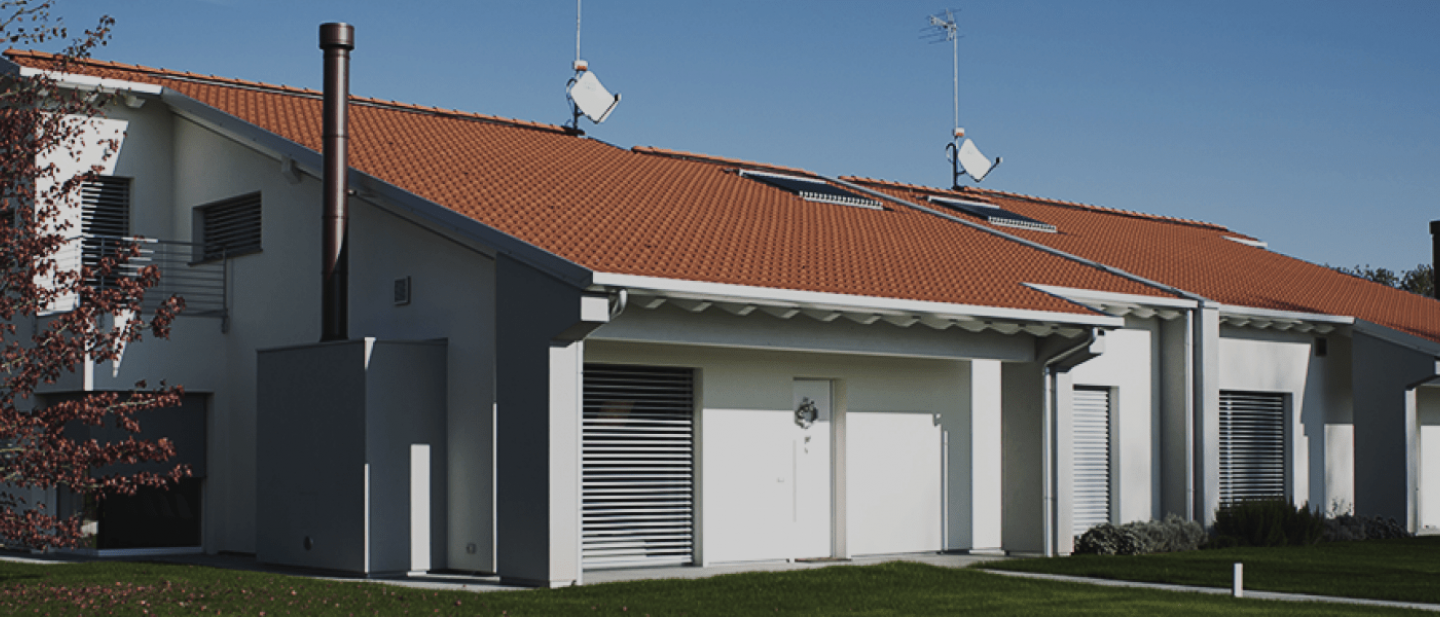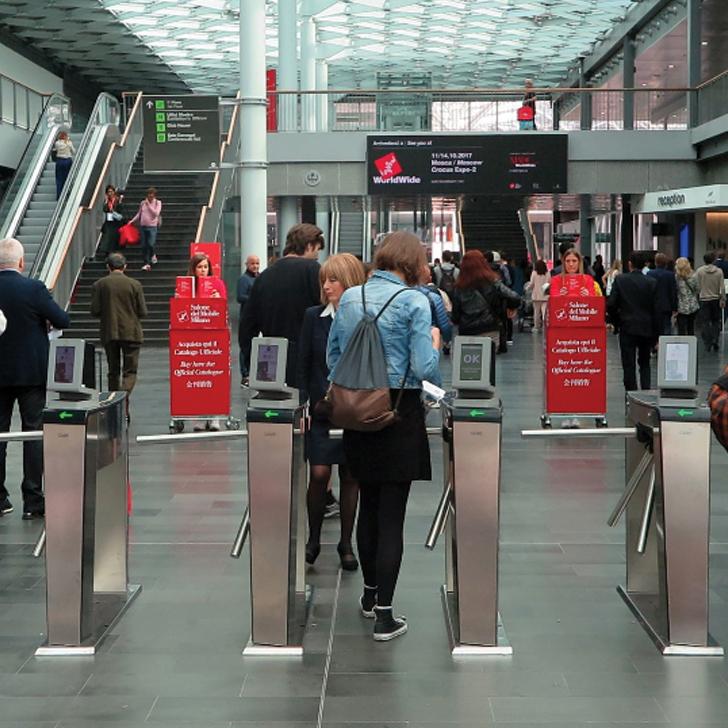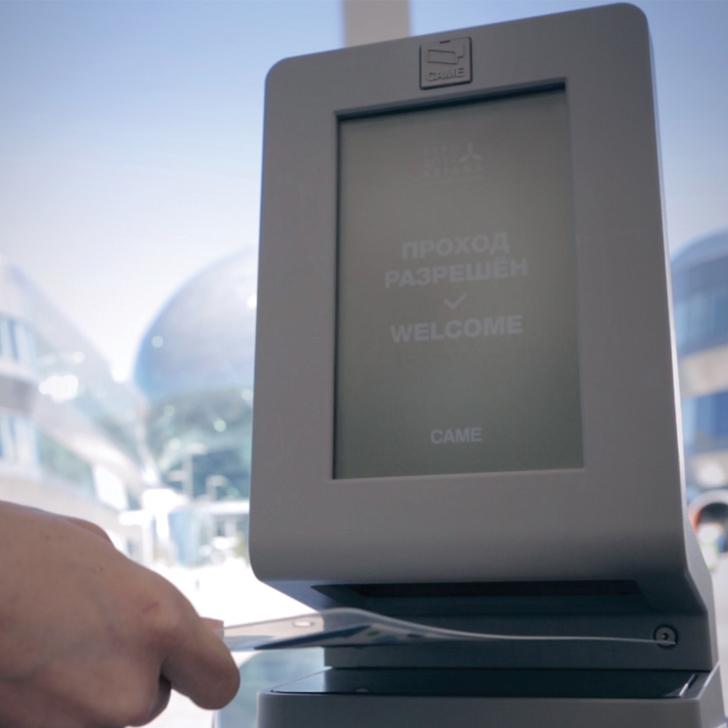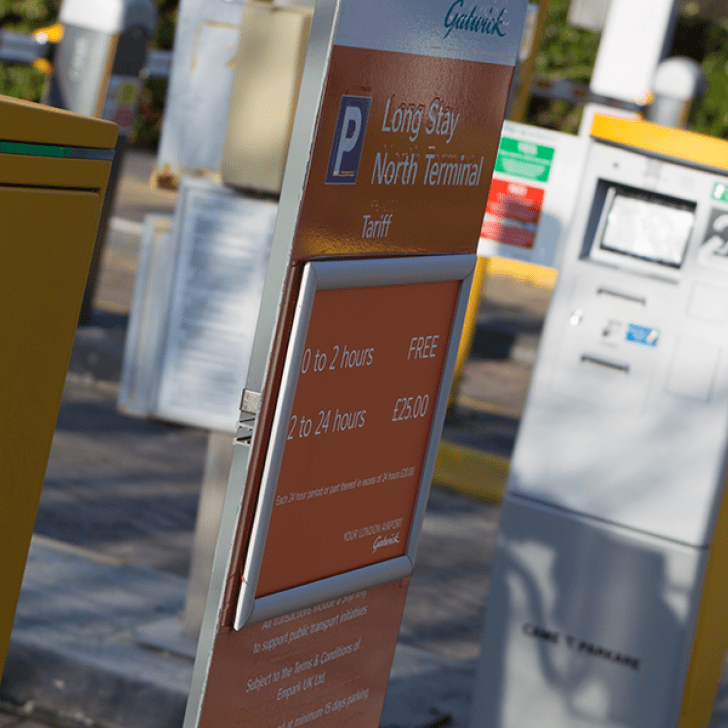In the near future, we’ll face several challenges relating to the building industry, architecture and automation; the majority of them will focus on sustainability. In this instance, a number of builders in Scandinavia, Germany, Austria and The Netherlands have embraced a project called “Passive House”: a home where the heat coming from the sun, appliances or just from people living in it can compensate any dissipation. Passive Houses are thermally and energetically self-sufficient, environmentally-friendly and cheaper, too.
The core concept is really simple: the building materials used for the passive houses are designed to store heat during the summer and release it during the winter.
Passive architecture is also growing quickly in Italy, where the level of thermal excursion is higher and more complex to manage, compared to other countries. Another interesting challenge is the integration of the energetic self-sufficiency within an innovative, functional automation system.
A relevant case study delves into a Passive House in Gardigiano, close to Venice: two housing units of 200mq, built over 2 floors, entirely made out of wood and insulated with mineral wool. The house is equipped with an air-circulation system and a heat pump that manages natural fluxes of warm and cold air, whenever they’re needed. Electricity and hot water are generated by a photovoltaic system.
In order to manage all automation in the house, however, it was necessary to design a synchronised, non-invasive control system, that was easy to use, install and monitor. CAME Domotic 3.0 provided an ideal solution: an integrated and modular system to control the energy levels of the house and whenever is needed.
To manage video entry panels, shutters, cameras, dimmers and LED lights while checking energy consumption is an increasingly common requirement for any house, but this becomes even more crucial for Passive Houses, where the very point is to avoid energy dissipation.
CAME Domotic 3.0 offers the possibility to remotely control automations of a wide range of devices thanks to CAME Connect and allows users to read consumption levels quickly and easily. Furthermore, users can prioritise different electrical loads should the house experience energy overloads.
The energy efficiency obtained thanks to this kind of eco-friendly architecture is a very powerful tool, which can make a difference in safeguarding the climate and our planet. However, it is fundamental to combine it with simple and non-invasive tools, to help people experience the Passive House as comfortably and consciously as possible. A challenge that the Passive House in Gardigiano has already won thanks to CAME Domotic 3.0.




